6. Pat Garret & Billy the Kid (1973)
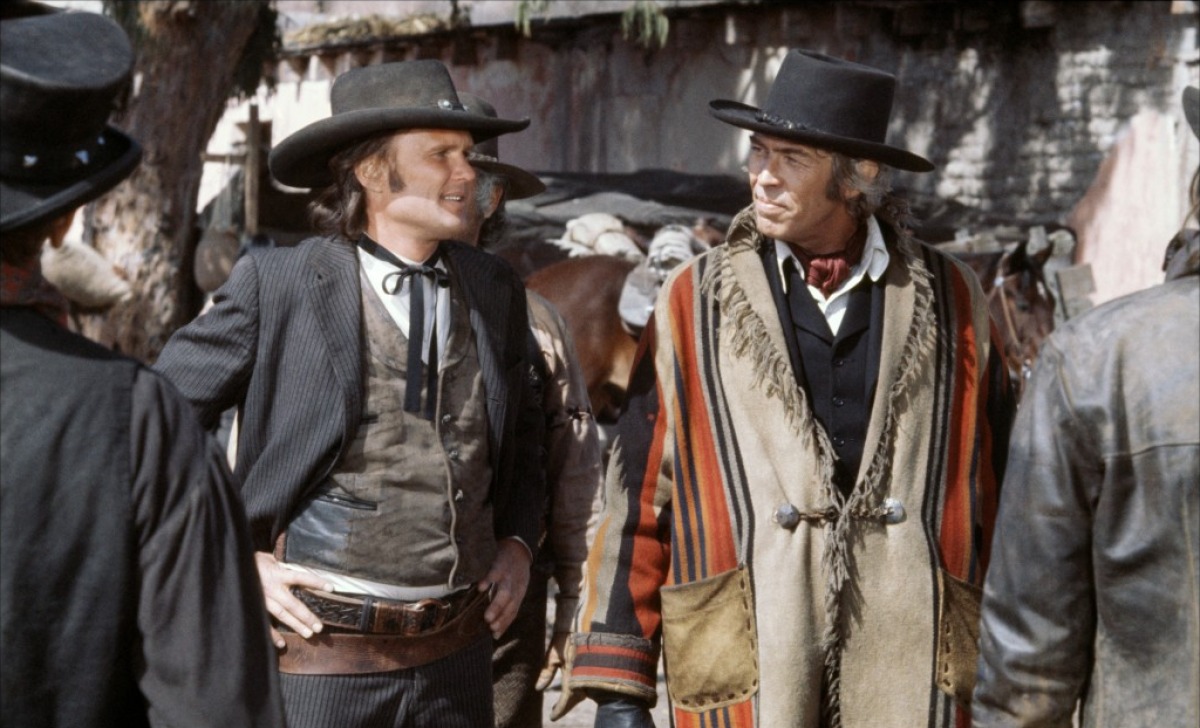
Once upon a time, while Scorsese was just learning his trade churning out movies about problematic antiheroes and ticking time bombs who get roped into chaotic spirals of self-obliteration over and over again, Sam Peckinpah had already carved a cool niche for himself as America’s foremost purveyor of toxic masculinity and on-screen violence with R-rated cinematic cocktails that rattled censors and delighted audiences in equal measure.
Scorsese confesses that he felt the urge to reach out to Kris Kristofferson to offer him a role in “Alice Doesn’t Live Here Anymore” after being blown away by his performance in Peckinpah’s western, where he plays an outlaw on the run who’s being hunted down by his former associate (James Coburn). An underlooked western that’s still not nearly as appreciated as it should be, “Pat Garret & Billy the Kid” nevertheless earned the highest of all praises from Scorsese, who called it a masterpiece and “the only other Peckinpah that comes close to “The Wild Bunch”’.
When asked to share his take on the value of the so-called ‘director’s cuts’, Scorsese used Pat Garrett’s troubled theatrical release as an example of studio interference writ large, lamenting the fact that MGM ended up trimming the film down to 90 minutes without consulting its creator. “I saw the full version a few days before it opened and I would’ve loved to see those 20 minutes.” 50 years later, that longer and substantially better version is still the one to see, and a perfect excuse for newbies to double-feature it with Peckinpah’s 1962s “Ride the High Country”, another personal fave of Scorsese.
7. Heaven’s Gate (1980)
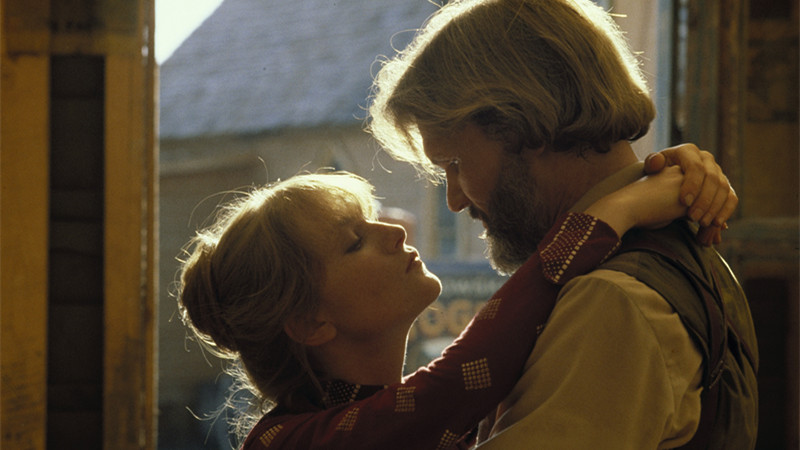
A similar fate befell Michael Cimino’s notoriously expensive western epic, a critical and commercial failure that underwent several butchered cuts before being restored to the 217-minute version the director had always envisioned. Nowadays, this sweeping tale of Western expansion, class warfare, and state-sanctioned genocide set in 1890s Wyoming has become popular shorthand for Hollywood’s outsized hubris, mostly known for costing four times the agreed budget, pushing the studio to bankruptcy and changing the landscape of the American studio system forever.
Scorsese didn’t mince words when reflecting on how the movie’s troubled production and box-office failure put a sour endnote to a glorious era of auteur-driven films. “I knew at the time that something had died. We had the rug pulled out from underneath us,” he lamented. “The critical establishment ended that decade by making an example out of “Heaven’s Gate”, eviscerating the film and what it represented — a Western with anti-American sentiment. They were done supporting individual expression in the movies.”
The circumstances surrounding its release obviously left Scorsese feeling sour. That said, Cimino’s misunderstood epic eventually wiggled its way into his selection of movies for Fast Company, with the director complimenting many “wonderful” aspects in the film during the same interview. “Talk about detail, authenticity, staging. Just staging people in the frame, in a wide frame! It’s just phenomenal.”
8. The Tall T (1957)
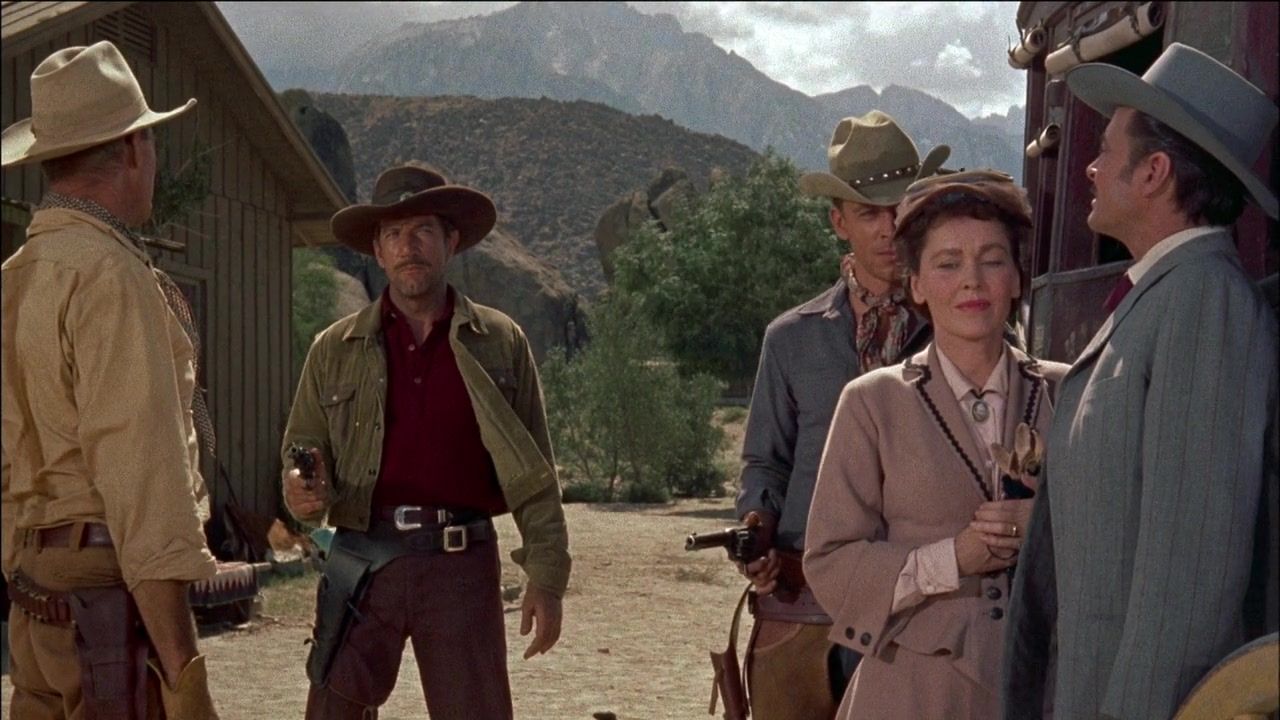
For those looking for something leaner, and perhaps more palatable than Cimino’s maximalist style, we suggest you turn to Budd Boetticher’s Ranown westerns, a series of stripped-down, B-movies that offer rewards galore for existing fans of the genre. All seven collaborations between the director and matinee idol Randolph Scott were shot within tight shooting schedules and a shoestring budget, but “The Tall T” has stood the test of time and remains the safest starting point for newcomers.
Featured in Scorsese’s 1995 documentary on the history of American cinema and recently added to the Criterion Collection, this long-obscured western finds Scott’s freewheeling rancher caught between a rock and a hard place after being held for ransom by a trio of ruthless stagecoach robbers. The film left a strong impression on the “Taxi Driver” director, who saw it on release as a teenager. “It had a certain toughness, austerity, and emotional precision that made it very different from other B-pictures of the time.”
The director noted how Boetticher’s low-budget westerns explored the bare essentials of the genre and had to find virtue out of simplicity to level the playing field. “His style was as deceptively simple as his characters. Basic human passions were his forte, and each adventure was like a poker game that always gave precedence to character over action.”
9. Canyon Passage (1946)
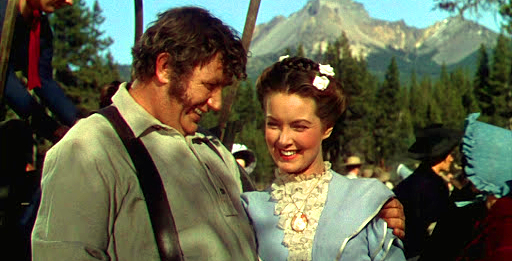
Jacques Tourneur’s influence on film noir and horror is widely documented. At the same time, his indelible contributions to the western genre seldom garner the same appreciation. Be that as it may, the director’s first foray into the genre resulted in what Scorsese personally calls “one of the most mysterious and exquisite examples of the Western genre ever made” — a poignant depiction of the American frontier and the ruthless march of progress that splits its focus on a community of settlers in 19th century Oregon.
“For many directors, an atmosphere is something that is ‘established’, setting the stage for the action to follow. For Tourneur, it is the entire movie”, explained Scorsese in the foreword to a book dedicated to the French auteur. “When you think of westerns, you immediately picture the plans or the desert, cast space that stretches on and on for miles,” Scorsese continues. “But if you study “Canyon Passage” carefully, you’ll see that Tourneur constantly composes diagonally into small places.”
This 1946 Technicolor western sizzling with undercurrents of greed, murder, betrayal, love triangles, and Indian uprisings doubles down today as a perfect primer for “Killers of the Flower Moon” that, according to Scorsese, never fails to transport him back to his childhood.
10. Pursued (1947)
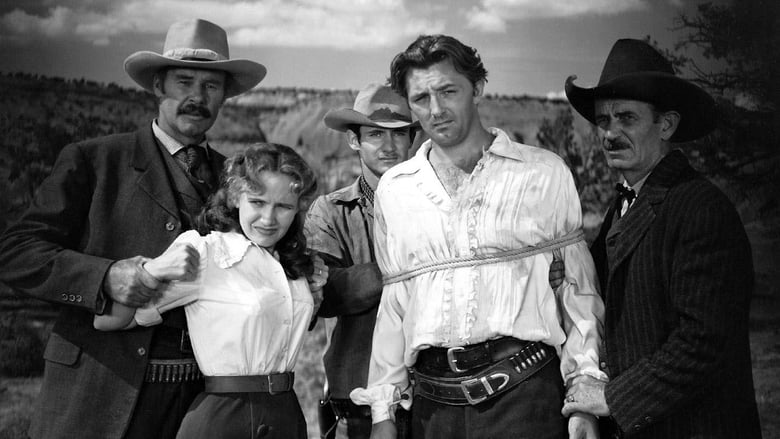
Like Scorsese, director Raoul Walsh managed to move effortlessly between genres while always playing by his own rules. “Walsh’s explosive outcast characters were bigger than life,” Scorsese wrote. “Their lust for life was insatiable, even as their actions precipitated their tragic destiny. The world was too small for them.” That much can be said of Robert Mitchum’s hard-edged rancher Jeb, who was orphaned as a youth only to find that everything that can go wrong for him eventually does in this melancholic western.
While introducing “Pursued” for its latest DVD release, Scorsese hailed it as a “contradictive genre hybrid” that borrows underlying elements often associated with the film noir such as moral ambiguity and claustrophobic darkness and filters them through the classic template of the western. On past interviews, the Italian American director has tipped his hat to Walsh’s rip-roaring gangster saga “The Roaring Twenties”, which inspired both the climactic showdown in “Taxi Driver” and the decade-spanning narrative of “Goodfellas”, while the clever filmmaking techniques deployed in Raging Bull’s fighting sequences can be traced back to Walsh’s 1942 boxing biopic “Gentleman Jim”.